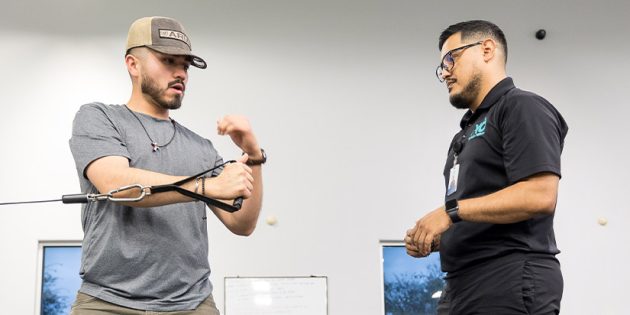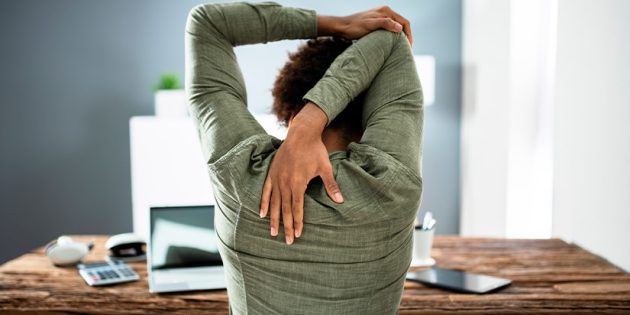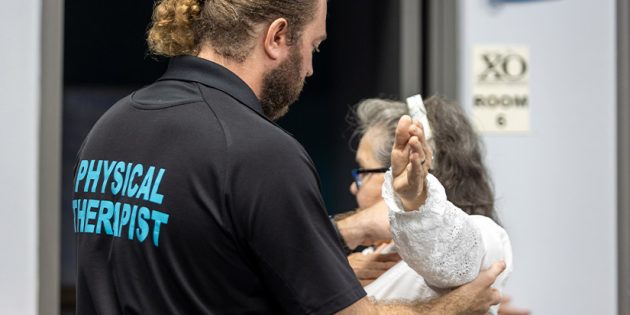Common Finger Injuries in Athletes
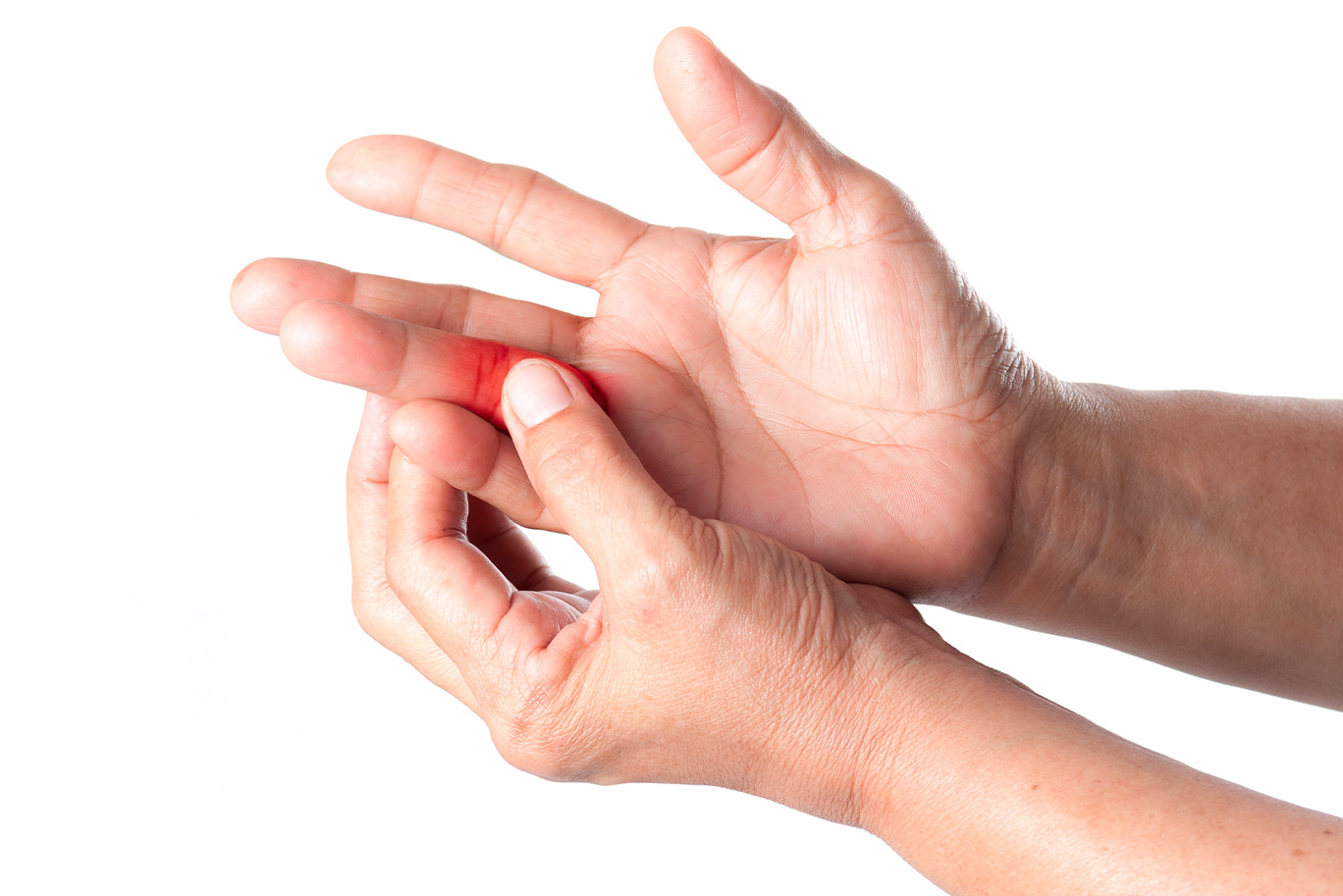
5 Most Common Finger Injuries in Athletes and How to Recover
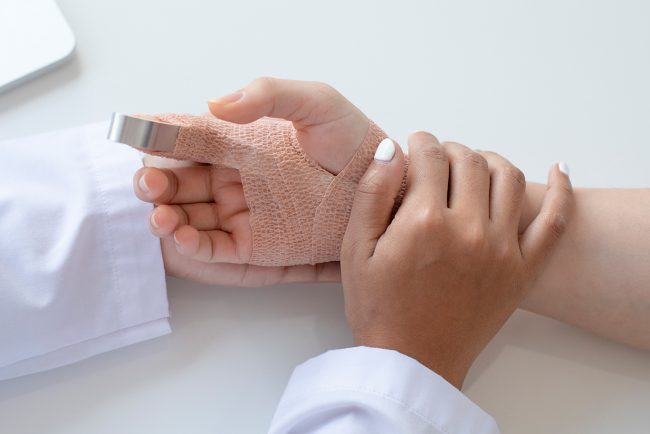 Despite their critical role in almost any daily task, fingers are easy to overlook, until they get injured. Unfortunately, athletes are prone to a number of painful finger injuries that can impact their ability to play the sport they love. The good news? Physical therapy can often help them to recover the use of their fingers. Here is a look at some of the most common finger injuries in athletes, and how physical therapy can help them recover.
Despite their critical role in almost any daily task, fingers are easy to overlook, until they get injured. Unfortunately, athletes are prone to a number of painful finger injuries that can impact their ability to play the sport they love. The good news? Physical therapy can often help them to recover the use of their fingers. Here is a look at some of the most common finger injuries in athletes, and how physical therapy can help them recover.
Mallet Finger Injury
The mallet finger injury is actually an injury to the terminal tendon near the tip of the finger. When torn, this tendon causes the tip of the finger to droop.
This type of injury tends to heal easily, and does not often require intervention from a physical therapist. Instead, the joint is splinted for about 6 weeks (and sometimes splinted at night a little longer) in order to give it a chance to heal.
Boutonniere Deformity
The Boutonniere Deformity is a common athletic injury that occurs when the tendon over the finger’s middle joint tears, often as the result of an impact from a ball during a game or practice. This injury typically leads to a secondary injury of the lateral bands that support the tendon.
The Boutonniere Deformity typically prevents the straightening of the middle joint of the finger and causes the joint to become deformed. As a result, athletes may struggle to play successfully until the injury has been appropriately addressed.
The first step of treatment is to straighten the joint, if possible, and splint it. A physical therapist then develops exercises for the tip of the finger to be completed several times a day. These exercises help to heal the lateral bands.
Once the splint is removed after about 6 weeks, the physical therapist can also assist the patient with exercises that help loosen any residual stiffness.
Skier’s Thumb
If the thumb is bent backward during a fall and the ligament at the thumb’s base tears, the injury is referred to as skier’s thumb, or Gate Keeper’s Thumb. This injury can also include a dislocation of the thumb.
Basic first aid can alleviate some of the discomfort of skier’s thumb, but a physical therapist can also help restore the thumb to its normal function and facilitate healing. The PT will usually implement a tailored exercise regimen that includes at-home exercises to support the healing of the thumb.
Volar Plate Injury
A volar plate injury occurs when the volar plate of the middle joint tears after the joint is dislocated. This tear leaves the joint susceptible to repeat dislocations and must be repaired in order for the joint to remain in its proper position.
Treating this type of injury requires the joint to be splinted in order to prevent overextension, while maintaining the mobility of the finger itself.
A physical therapist (Usually a specialized hand therapist) will then create a regimen of exercises to help the finger and the joint heal appropriately. When surgery is required to repair this injury, physical therapy can also provide a way for the patient to regain full use of the finger in order to pursue their preferred sport again.
Jammed Finger
Anytime the ligaments in any of the finger’s joints are sprained, the finger is said to be jammed. This injury usually occurs due to forceful contact with a ball, giving this injury the nickname Basketball Finger.
The Boutonniere Deformity is a severe type of jammed finger. However, even less severe injuries of this type should be treated by a professional in order to prevent pain, swelling, and other discomfort that can take a long time to dissipate.
A physical therapist can provide treatment and support for this injury by implementing a series of exercises designed to strengthen the finger over time.
Finger injuries are common among athletes, but they are also very treatable. With tailored physical therapy, such as that provided by XO Physical Therapy, you can regain function in your finger and get back to playing your favorite sport.


